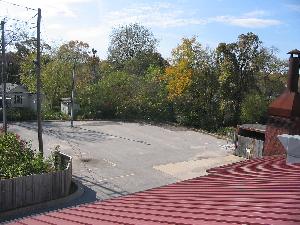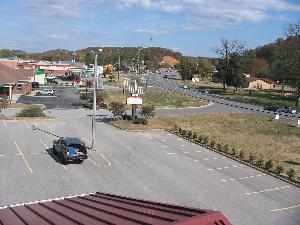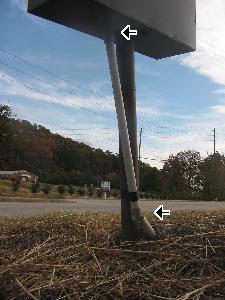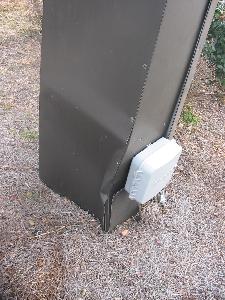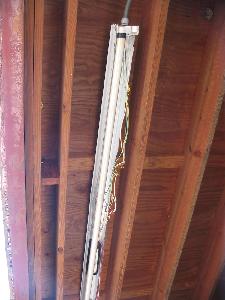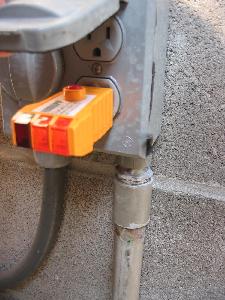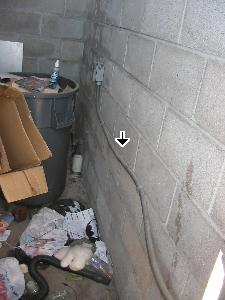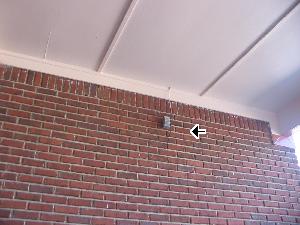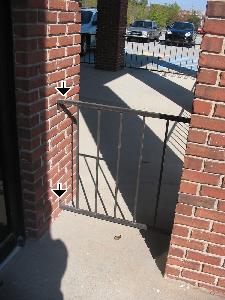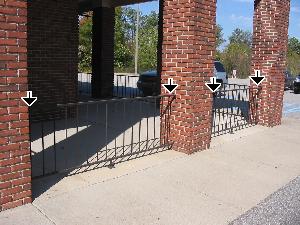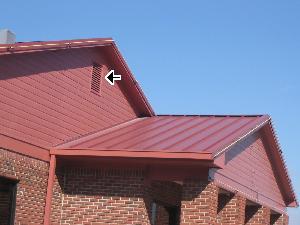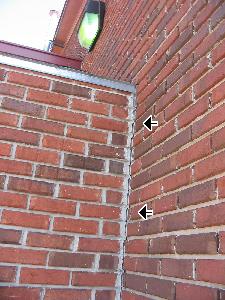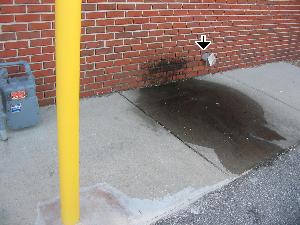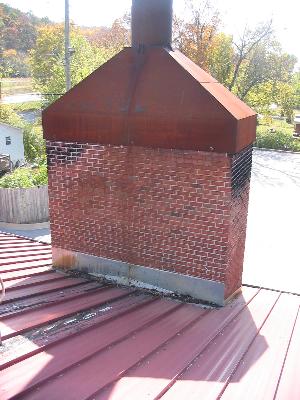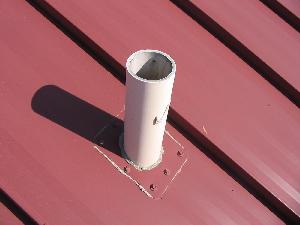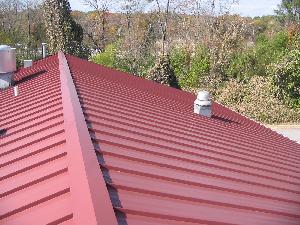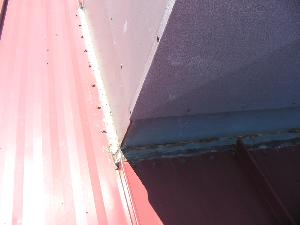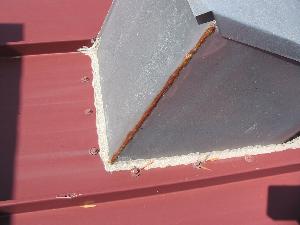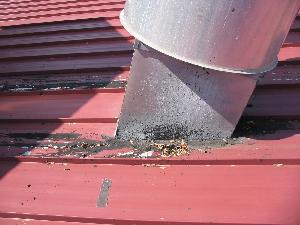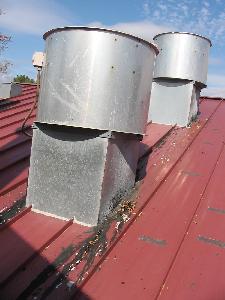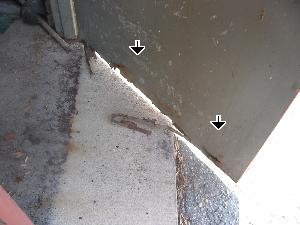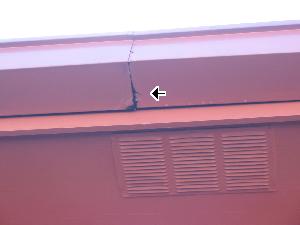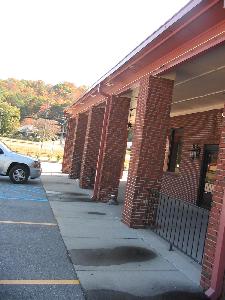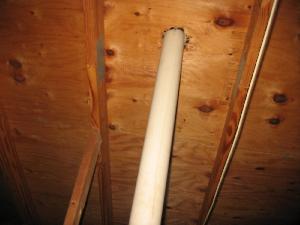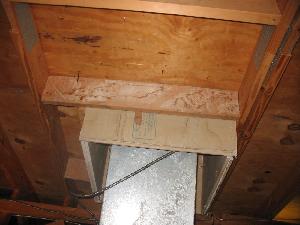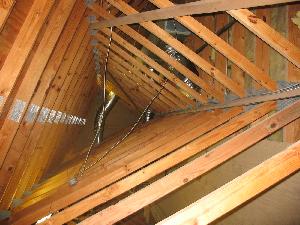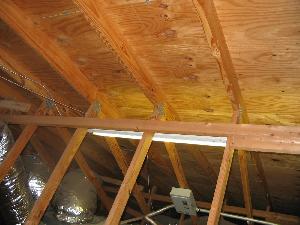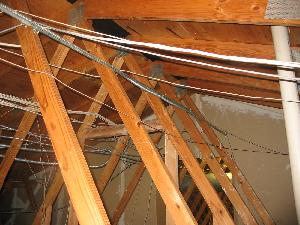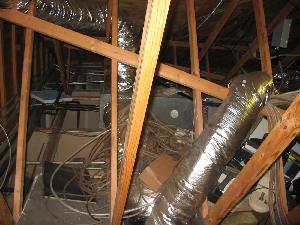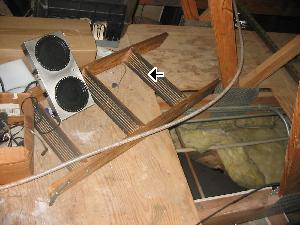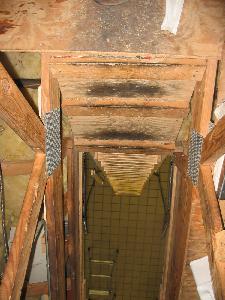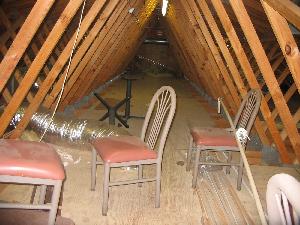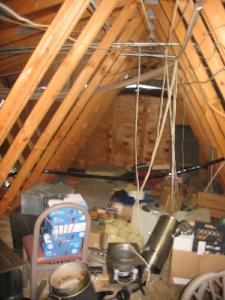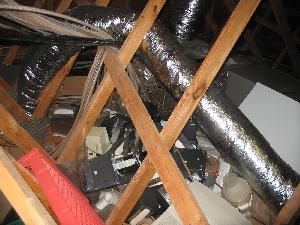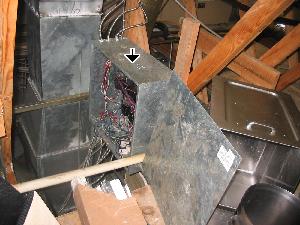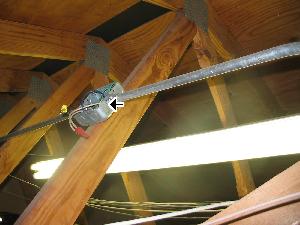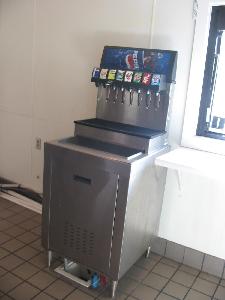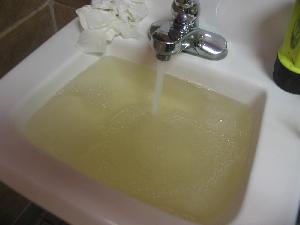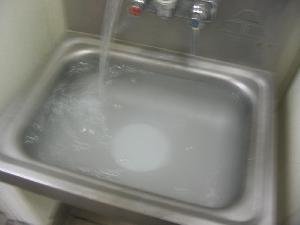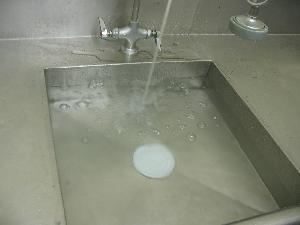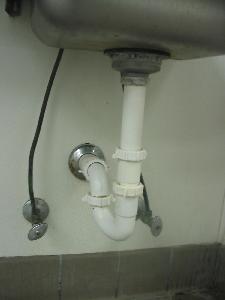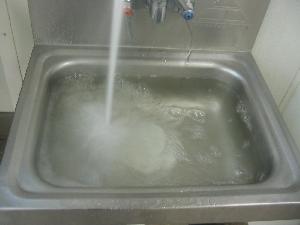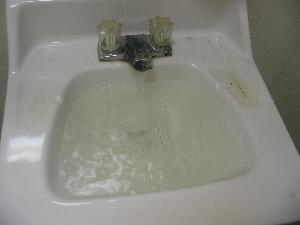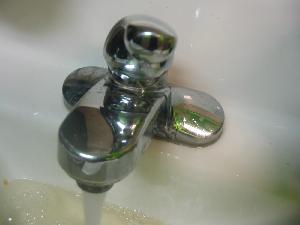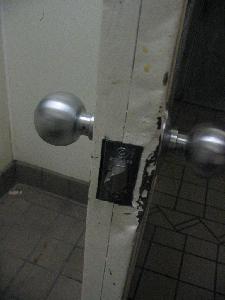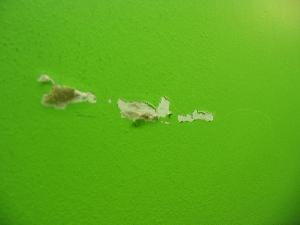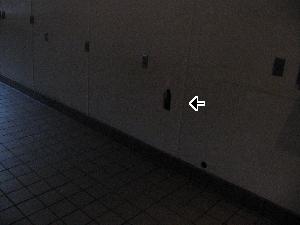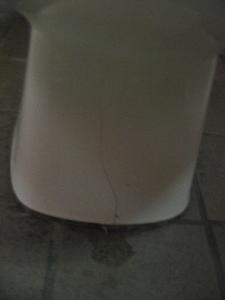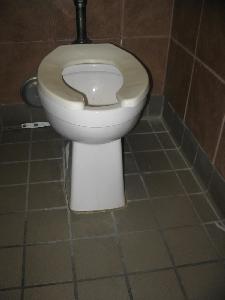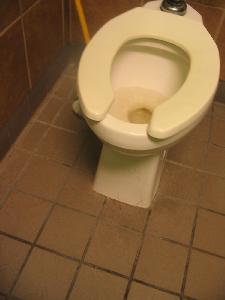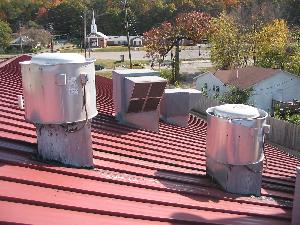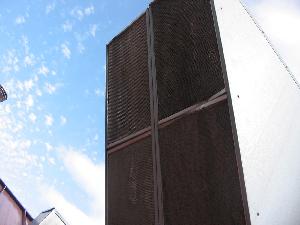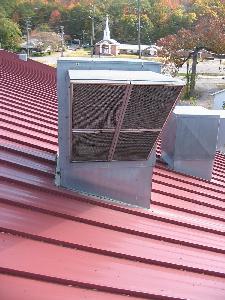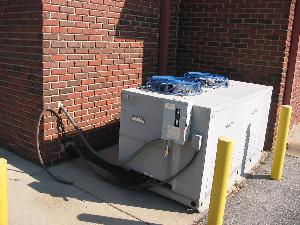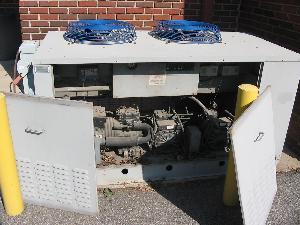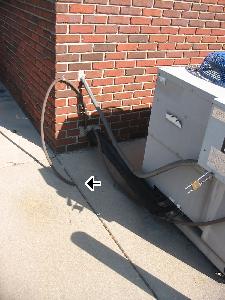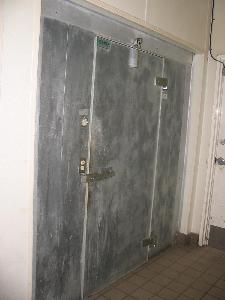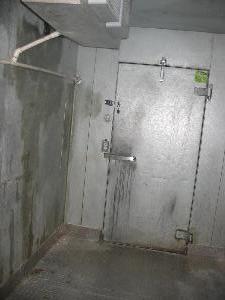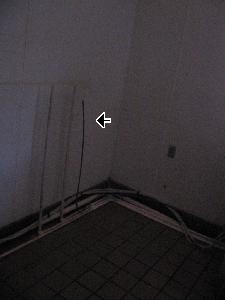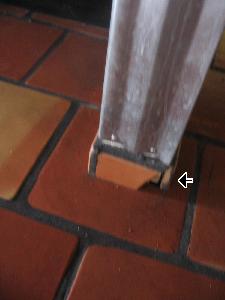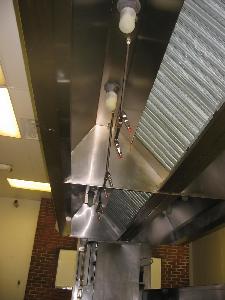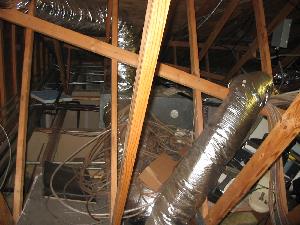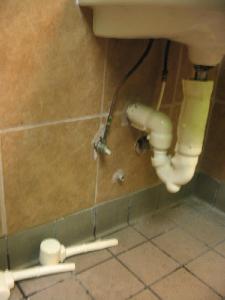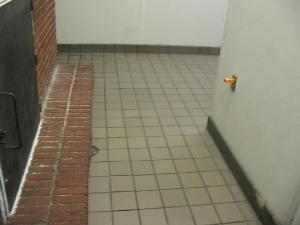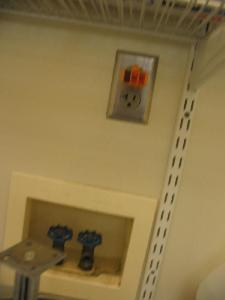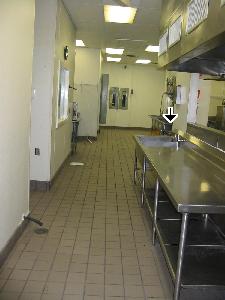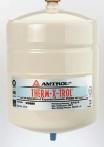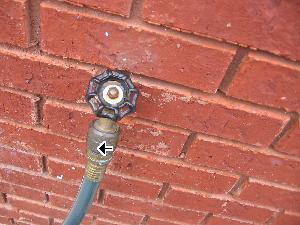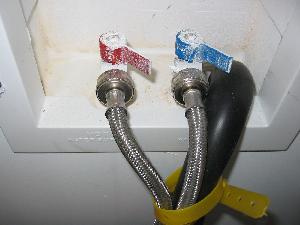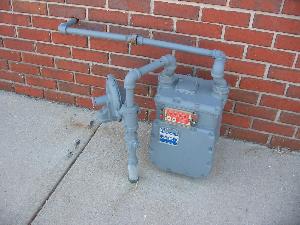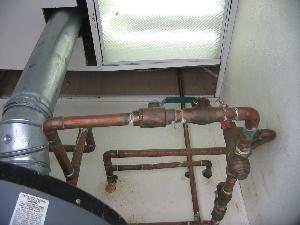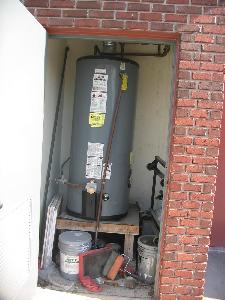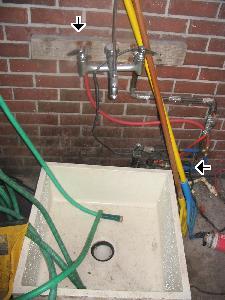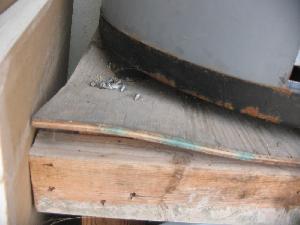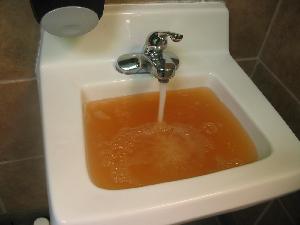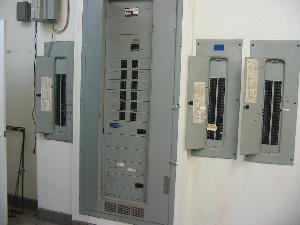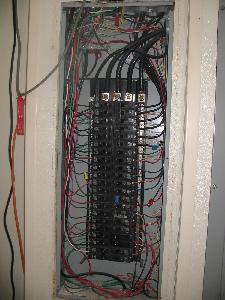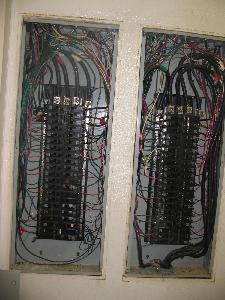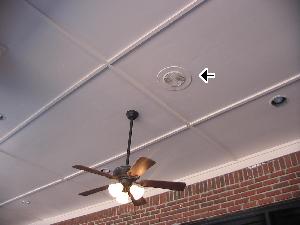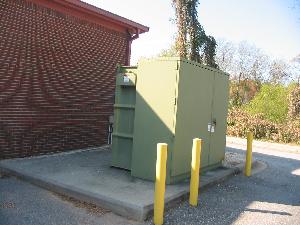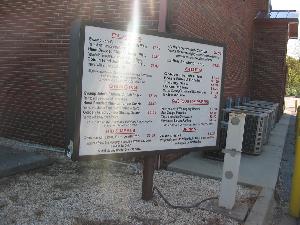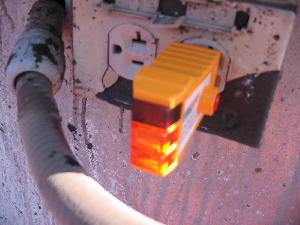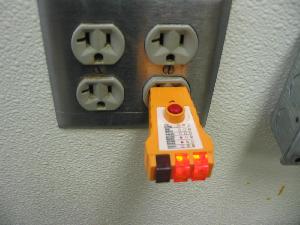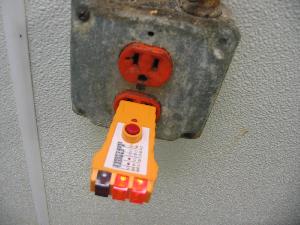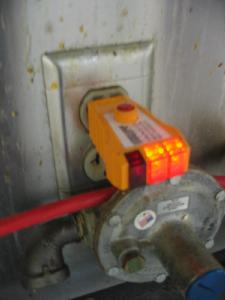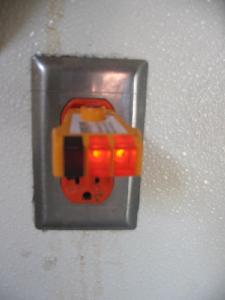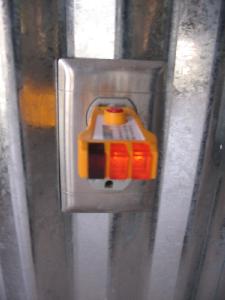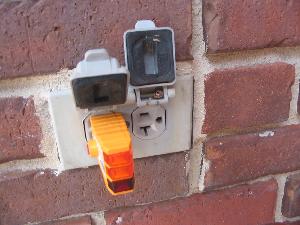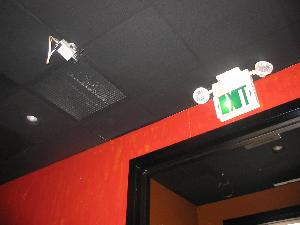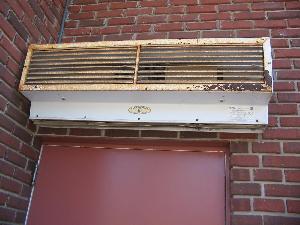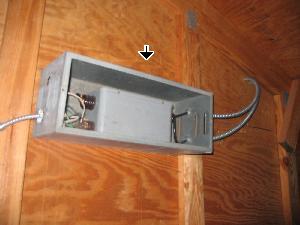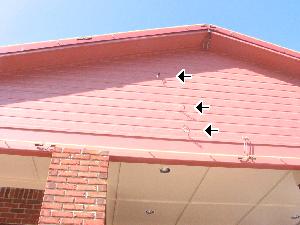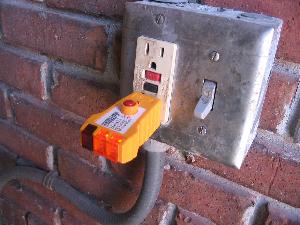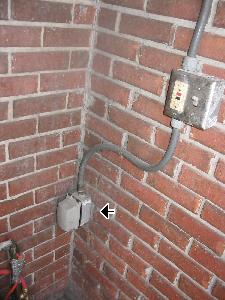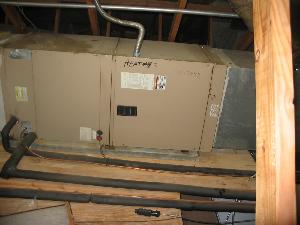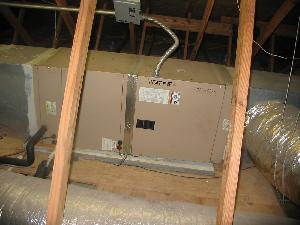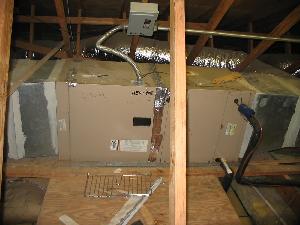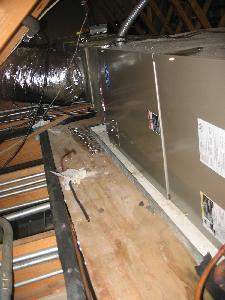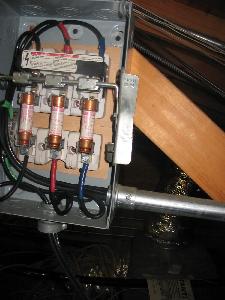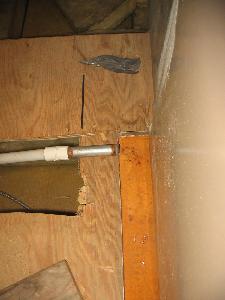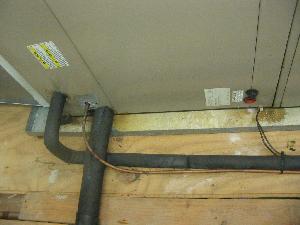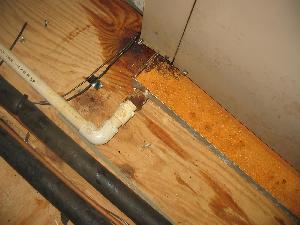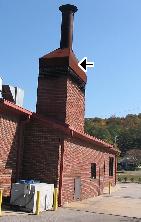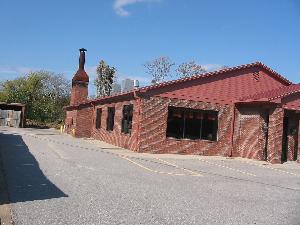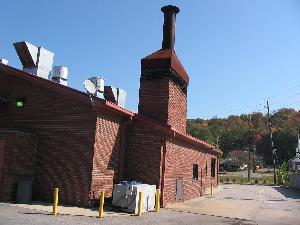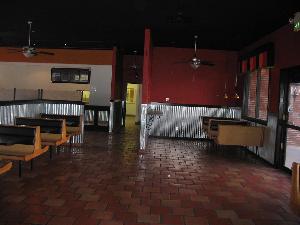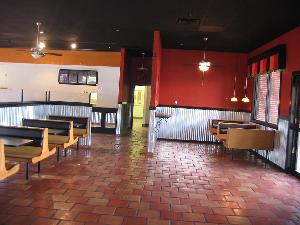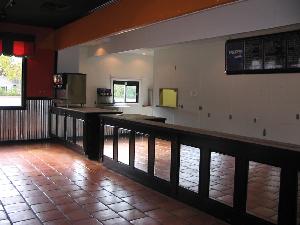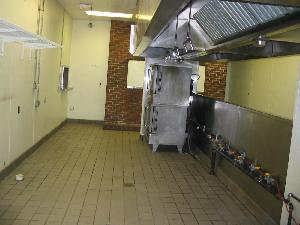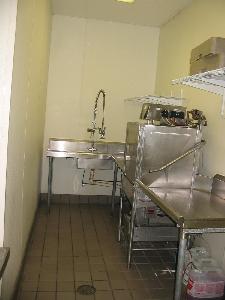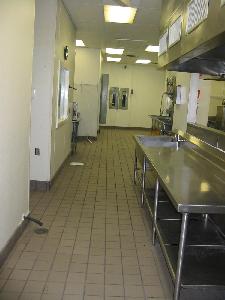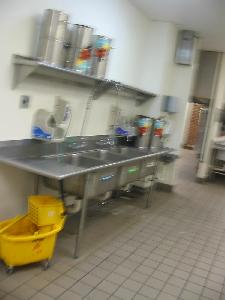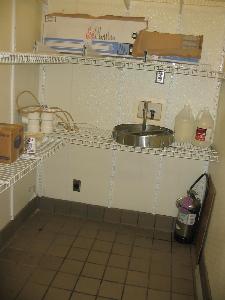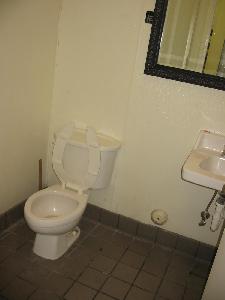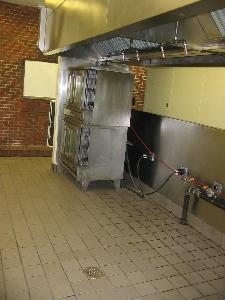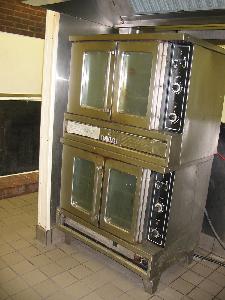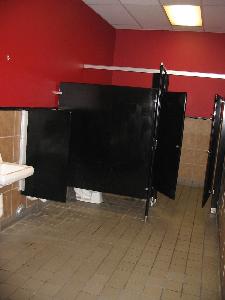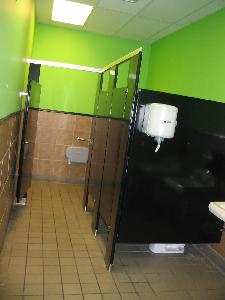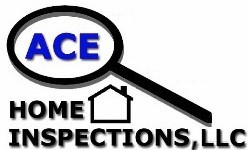
ACE Home Inspections, LLC
P.O. Box 1993
Alabaster, AL 35007
(205)401-3030 |
|
Customer
Sample |
|
Home
Sample
|
|
Real Estate Agent
Sample
|
|
|
Weather:
Clear and Sunny | Inspection
Date
Saturday, November 17, 2007
Report ID:
07130 FINAL REPORT
| |
Temperature:
65 to 75 degrees |
Inspected By
Jeff Aiken
| |

SUMMARY

ACE Home
Inspections, LLC
P.O. Box 1993
Alabaster, AL 35007
(205)401-3030
|
|
Customer
Sample |
|
Home
Sample
|
The following items or discoveries
indicate that these systems or components do not function as intended or
adversely affects the habitabilty of the dwelling; or appear to warrant further
investigation by a specialist, or requires subsequent observation.
This summary shall not contain recommendations for routine upkeep of a system
or component to keep it in proper functioning condition or recommendations to
upgrade or enhance the function, efficiency, or safety of the home.
This Summary is not the entire report. The complete report may include
additional information of concern to the customer. It is recommended that the
customer read the complete report.
ACE Home Inspections, LLC
Home inspectors are not required to report on the following: Life expectancy
of any component or system; The causes of the need for a repair; The methods,
materials, and costs of corrections; The suitability of the property for any
specialized use; Compliance or non-compliance with codes, ordinances, statutes,
regulatory requirements or restrictions; The market value of the property or its
marketability; The advisability or inadvisability of purchase of the property;
Any component or system that was not observed; The presence or absence of pests
such as wood damaging organisms, rodents, or insects; or Cosmetic items,
underground items, or items not permanently installed. Home inspectors are not
required to: Offer warranties or guarantees of any kind; Calculate the strength,
adequacy, or efficiency of any system or component; Enter any area or perform
any procedure that may damage the property or its components or be dangerous to
the home inspector or other persons; Operate any system or component that is
shut down or otherwise inoperable; Operate any system or component that does not
respond to normal operating controls; Disturb insulation, move personal items,
panels, furniture, equipment, plant life, soil, snow, ice, or debris that
obstructs access or visibility; Determine the presence or absence of any
suspected adverse environmental condition or hazardous substance, including but
not limited to mold, toxins, carcinogens, noise, contaminants in the building or
in soil, water, and air; Determine the effectiveness of any system installed to
control or remove suspected hazardous substances; Predict future condition,
including but not limited to failure of components; Since this report is
provided for the specific benefit of the customer(s), secondary readers of this
information should hire a licensed inspector to perform an inspection to meet
their specific needs and to obtain current information concerning this property.
ACE Home Inspections, LLC
Prepared Using HomeGauge http://www.homegauge.com/ SHGI (c)
2000-2003 : Licensed To Jeffrey James Aiken
Styles & Materials
LEVEL PROPERTY
REAR WOODED
AREA
|
CONCRETE
|
ASPHALT
|
(3) 40FT LIGHT POSTS
(1)
DRIVE-UP ORDER SIGN
(1) DRIVE-UP
INTERCOM
|
(1) 30FT MAIN SIGN
(2)
SMALL LIT EXIT SIGNS
|
Inspection Items
Styles & Materials
12FT X 12FT
CONCRETE SLAB FLOOR
CONCRETE BLOCK WALLS
EXTERIOR BRICK SIDING
|
SLOPED FLAT ROOF
2X10 WOOD RAFTERS
SPACED
16 INCHES APART
PLYWOOD ROOF
DECKING
|
2X4 WOOD STUD
WALLS
FLOURESCENT LIGHTS
ELECTRICAL OUTLETS
LEFT
SIDE FENCED AREA
|
|
Inspection Items
Styles & Materials
CENTER VACUUM BREEZEWAY
FLOOR TILES
|
GABLE ROOF OFF MAIN
PLYWOOD CEILING
GROUND-LEVEL CONCRETE SLAB
RECESSED CEILING LIGHT
|
RECESSED UNDER HOUSE ROOF
PLYWOOD CEILING
5 BRICK
COLUMNS
CONCRETE SLAB
FLOOR
16 RECESSED CEILING
LIGHTS
WALL TV SET-UP
4 CEILING FANS
|
NO ROOF
NO
PORCH
GROUND-LEVEL CONCRETE
SLAB
|
NONE
1 ATTIC PULL-DOWN
LADDER
|
1-IN SQUARE TUBE
BANISTERS
AT FRONT ENTRY
AT RIGHT PATIO
|
|
Inspection Items
Styles & Materials
FRONT OUTER FULL GLASS
FRONT INNER FULL GLASS
REAR FULL METAL
RIGHT FULL
GLASS SLIDER
|
13 FIXED DINING ROOM
1
PICK-UP SLIDER
|
FULL BRICK
WOOD FIBEROUS
LAP GABLES
|
WOOD
|
ALUMINUM
|
CONCRETE SLAB
|
ROOF-LINE BY LADDER
WALK
ENTIRE ROOF/USE LADDER
|
GABLE
|
METAL
|
ONE
|
9 YEARS OLD
|
2 GABLE VENTS
SOFFIT
VENTS
ROOF VENTS
|
ONE CHIMNEY
|
NONE
|
59FT WIDE X 84FT DEEP
APPROX 5040 SQUARE FEET
|
|
Inspection Items
Styles & Materials
2 x 6 WOOD RAFTERS
PLYWOOD
FLOOR DECKING
2X4 TRUSS TYPE
BRACING
|
2 x 8 WOOD CEILING JOISTS
|
24 INCHES
|
24 INCHES
|
BATT
|
6 INCHES
|
R-19
|
FULL DEPTH CENTER DECKING
6 HEAT AND AIR UNITS
FLOURESCENT LIGHTS
HIGH
CLEARANCE
STAND-UP
CENTER
|
Inspection Items
Styles & Materials
3 KOLPAK FREEZERS
(1) 7FT
X 16FT X 8FT
(1) 7FT X 16FT X
8FT
(1) 6FT X 8FT X 8FT
COLDZONE BLOWERS
DATED
1998
|
NOT INSPECTED
|
POWER VENTILATOR
|
NOT INSPECTED
|
NONE
|
NONE
|
PLASTERBOARD
SUSPENDED CEILING TILES
|
PLASTERBOARD
CORRUGATED TIN CHAIR-RAIL
|
CERAMIC TILE
|
1 MENS ROOM
1 WOMENS
ROOM
1 KITCHEN UNISEX
|
2 COMMODES
1
URINAL
2 WALL SINKS
|
3 COMMODES
2 WALL
SINKS
|
1 COMMODE
1 WALL SINK
|
FRONT OPEN DINING ROOM
FRONT COUNTER ROOM
RIGHT
DISHWASHER ROOM
CENTER KITCHEN STOVE
ROOM
|
REAR LEFT KITCHEN ROOM
REAR RIGHT KITCHEN ROOM
REAR CENTER SMALL OFFICE
|
|
Inspection Items
Styles & Materials
COPPER
|
COPPER
|
WHITE PVC(polyvinyl chloride) PIPING
|
UNKNOWN
|
PUBLIC
|
RHEEM/RUUD
COMMERICIAL UNIT
DATED
08/1998
|
NATURAL GAS
|
REAR ATTACHED ROOM
|
100 GALLON
|
NONE OBSERVED
|
220 ELECTRIC
|
FRONT YARD AREA
|
NONE
|
NONE
|
Inspection Items
Styles & Materials
BELOW GROUND
IN CONDUIT
|
CIRCUIT BREAKERS
|
ROMEX
|
COPPER
|
RATED 800 AMP
IN MAIN PANEL
CUTS ALL
POWER
|
800 AMP
|
REAR RIGHT KITCHEN
ROOM
|
SIEMENS
DATED 10/01/1998
208 Y/120
3 PHASE
|
SIEMENS
|
200 AMP
|
CIRCUIT BREAKERS
|
SIEMENS
|
REAR RIGHT KITCHEN ROOM
LEFT OF MAIN PANEL
|
SIEMENS
|
200 AMP
|
CIRCUIT BREAKERS
|
SIEMENS
|
REAR RIGHT KITCHEN ROOM
RIGHT OF MAIN PANEL
|
SIEMENS
|
200 AMP
|
CIRCUIT BREAKERS
|
SIEMENS
|
REAR RIGHT KITCHEN ROOM
RIGHT OF MAIN PANEL
|
SIEMENS
GENERAL
ELECTRIC
|
|
Inspection Items
Styles & Materials
FRONT LEFT AREA
FRONT
RIGHT AREA
CENTER LEFT
AREA
CENTER RIGHT AREA
REAR LEFT AREA
REAR RIGHT
AREA
|
ATTIC
ATTIC
ATTIC
ATTIC
ATTIC
ATTIC
|
ELECTRIC
ELECTRIC
ELECTRIC
ELECTRIC
ELECTRIC
ELECTRIC
|
FORCED AIR
ELECTRIC
COIL
|
YORK
YORK
YORK
YORK
YORK
CARRIER
|
JUNE 15 1998
JUNE 15
1998
JUNE 15 1998
JUNE 15 1998
JUNE 15
1998
46TH WEEK OF 2005
|
NOT MEASURED
|
INSULATED ROUND
INSULATED
RECTANGULAR
|
Inspection Items
Styles & Materials
REAR LEFT AREA
REAR RIGHT
AREA
|
CENTRAL
CENTRAL
CENTRAL
CENTRAL
CENTRAL
CENTRAL
|
47 DEG
47 DEG
53
DEG
48 DEG
47 DEG
47
DEG
|
72 DEG
|
YORK 5 TON
YORK 5 TON
YORK 5
TON
YORK 5 TON
YORK 5 TON
CARRIER 3
TON
|
AUG 08 1998
AUG 08
1998
AUG 08 1998
AUG 08 1998
AUG 08
1998
44TH WEEK OF 2005
|
YORK 5 TON
YORK 5 TON
YORK 5
TON
YORK 5 TON
YORK 5 TON
CARRIER 3
TON
|
Inspection Items
Styles & Materials
ONE
|
ONE
|
BRICK AND MORTAR
|
REAR LEFT KITCHEN ROOM
|
BRICK HEARTH
OPEN BARBECUE
GRILL
EXTERIOR STEEL
CLEANOUT
|
Inspection Items
Styles & Materials
Inspection Items
Inspection Items
Prepared Using HomeGauge http://www.homegauge.com/ SHGI (c)
2000-2003 : Licensed To Jeffrey James Aiken 





